‘Mummy ke Nuskhe’ to International Superfoods
Nutritionally speaking, there is no such thing as a superfood. The term was coined for marketing purposes to influence food trends and sell products. The food industry bestows the superfood label on nutrient-rich foods with a supposed capacity to positively affect health. While we may suffer from finding the highly rich nutrients hence, we have summed some Mummy ke nuskhe to international superfoods.
What is a Superfood?
Though many foods could be described as super, it’s important to understand that there is no single food that holds the key to good health or disease prevention. But since the term “superfood” doesn’t seem to be going anywhere anytime soon, it may be worth taking a closer look at some healthy options.
“Superfoods” is truly quite a common term used in the highly popular weight loss industry. Foods that are commonly termed as superfoods include avocado, quinoa, green tea, nuts, seeds, greek yogurt, oats, etc. While these foods may offer a variety of weight loss benefits, they might not be as superfood-ish for every individual. If they are being heavy on your pocket, or if you have traveled longer than usual to get them, then they might not be a superfood for you. In order to help people identify superfoods, celebrity nutritionist Rujuta Diwekar took to Instagram to share a few tips. We at WarPaint Journal have selected some of Rujuta Diwekar’s tips and some of ‘mummy ke nuskhe’ for choosing the right Indian Home Food Alternatives to International superfood.
How to identify Superfoods?
Are your superfoods known to your grandparents?
Ensure your selective superfood is known to your grandmother. See if this particular food item has multiple uses in the kitchen. By this, we mean how versatile is your food? Rujuta Diwekar says foods that have been a part of your culture and tradition, is locally available and can be used in multiple ways.
Summer fruit: Mango, it can be eaten raw or it can be turned into aam Panna, aamrass and is also used to make stored pickles. It’s seasonal and easily available in a variety.
Does the kind of superfood you’ve selected, bring your people together?
From Mummy ke nuskhe the special tip of having your food is with your family. And why not? Isn’t food the best way to connect and make bonds? What is the worth of a “superfood” if it makes you have your meal separately from the rest of your family members and friends!
A superfood is rightly called superfood if it unites people despite class divide, gender, community, and age divide. If a particular food item brings back happy memories, then it is a superfood.
This food can be found in Indian Home food alternatives :
Navratra Food– Kuttu Puri with Simple Dahi alloo.
Everyday- Kichdi, as Dadi’s saying goes Kichadi ke hai chaar yaar, Dahi, Papad, ghee, achaar! or a simple dalbaat to fill in the joy of empty stomachs. Food is superfood if it ignites empathy in you and inspires you to share or hoard.
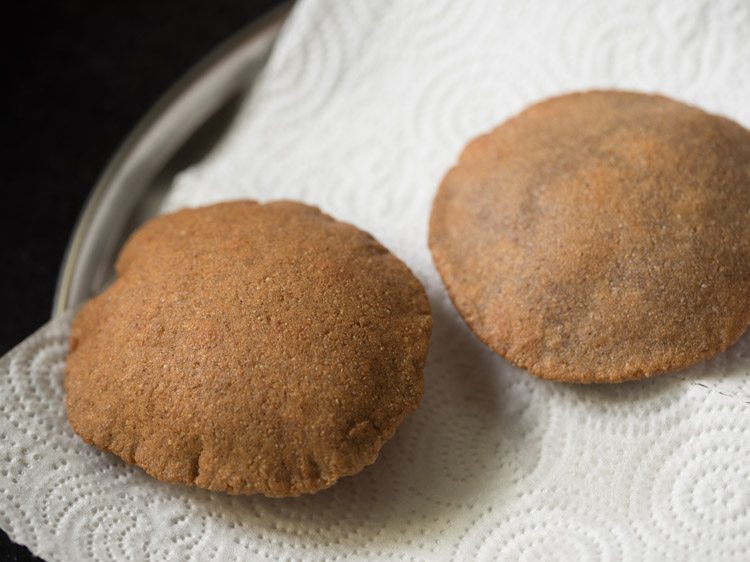
Here’s a list of 5 ‘Mummy ke Nuskhe’ alternatives to International Superfoods
1. Quinoa can be easily replaced with Indian Amaranth
As a gluten-free diet is the hottest trend of the town. Quinoa has been officially crowned as the super grain. India Amaranth, also known as Rajgira or Ramdana, which loosely translates to ‘the food of the gods’ is a superfood according to Ayurveda.
Other than being pocket friendly, rajgira scores high on zinc, fiber, calcium, and iron with comparison to its international counterpart.
What can one make from Indian Amaranth or Rajgira? If you are using flour you can easily make a healthy Halwa with Almonds. Also, make simple Banana pancakes. Below is the recipe you must try!
Banana Pancakes recipe from Rajgir Atta from our mummy ke nuskhe wala kitchen :
- Peel and mash Bananas in 1 cup Milk.
- Add crushed cardamom and 3 teaspoon sugar.
- In the same bowl of milk add 1 cup Singhare ka atta and 1/2 cup Rajgir Atta.
- Mix the batter and keep aside for 15 mins.
- Heat a nonstick pan/Tawa, add ghee or coconut oil and pour one spatula of the batter and evenly spread.
- Let the pancake cook to an evenly golden-brown crust.
- Serve hot with Cucumber and Curd/Raita or any fruit of your liking with honey.
Pro tip: Yes, they might not look perfect but that taste takes you into a memorable lane of happiness.
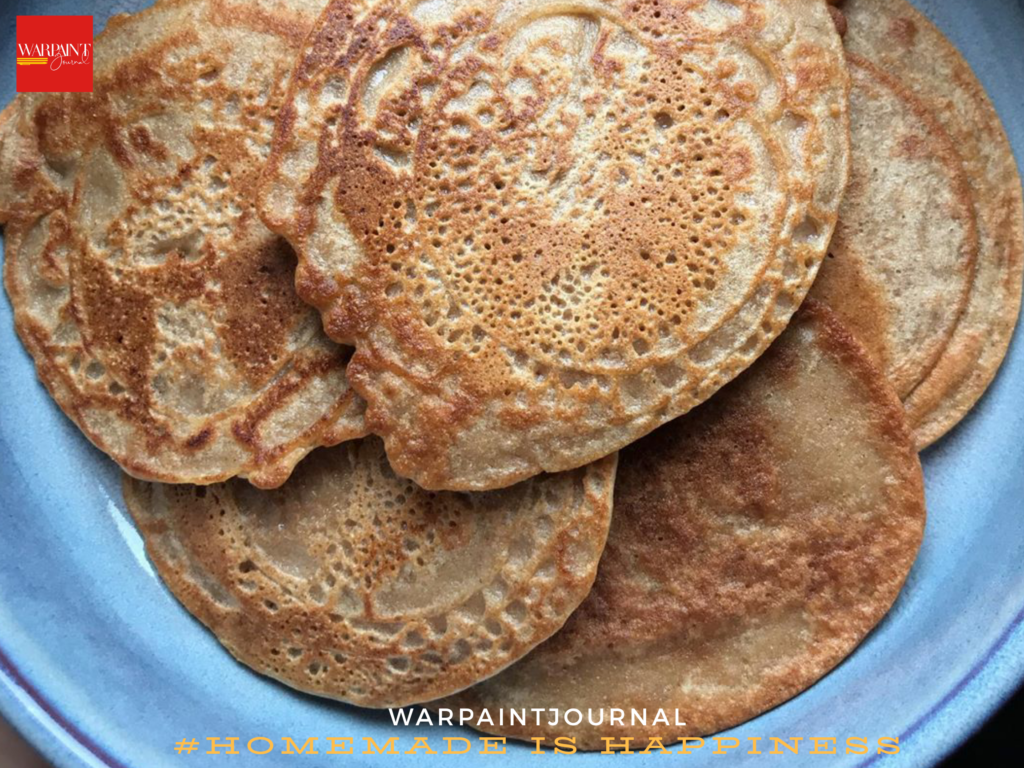
2. Ashwagandha over Chinese Ginseng
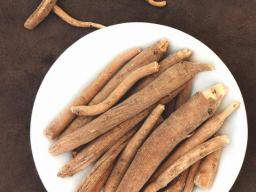 Chinese ginseng has been hailed for its properties to heal sexual dysfunction and is a hyped superfood all around the world. It’s Indian cousin, Ashwagandha can be found in ayurvedic Rasayana for its properties to heal the body and strengthen it. Ashwagandha is by far a cheaper option as compared to Chinese ginseng and can be consumed for a longer period of time.
Chinese ginseng has been hailed for its properties to heal sexual dysfunction and is a hyped superfood all around the world. It’s Indian cousin, Ashwagandha can be found in ayurvedic Rasayana for its properties to heal the body and strengthen it. Ashwagandha is by far a cheaper option as compared to Chinese ginseng and can be consumed for a longer period of time.
Ashwagandha is an herb rather than a culinary spice. The difference? Culinary spices are tasty. You cook with them to bring flavor to your food and any healthy flair they add is a bonus. Herbs like ashwagandha are known primarily for their beneficial effects rather than taste. They are less commonly used in cooking or baking.
Here’s a recipe by @herbal_code
3. Have you tried Beetroot leaves?
Since its arrival in urban India, kale has been crowned as the powerhouse of all greens. While vitamins A and K are higher in almost all greens, kale isn’t the ONLY healthiest leafy vegetable. Beetroot greens which we usually discard have a much higher nutritional value. Low in calories but high in vitamin E, they are jam-packed with potassium.
Beet green is a great natural source of fiber and is packed with antioxidants, just like the red tuberous part of the plant. So the next time you cook beetroot in a soup or toss it in salads, don’t forget to clean and chop the beet greens and add them to your dish as well.
Here’s a simple Mummy ke Nuskhe recipe:
Beet Greens and Methi Paranthas
- 1/2 Cup Chopped Beet Leaves ( Wash the leaves, pluck them off the stems and throw them into a chopper until they are minced)
- 1 chopped onion
- 2 1/2 cups Whole Wheat Flour (Aata) or you can use Ragi+Chana atta
- 1tbsp of re chilies and haldi(turmeric)
- 2 tsp amchur powder and dhania powder
- Some ghee or virgin coconut oil
- Pinch of garam masala and salt for taste
Combine all ingredients and make a stiff dough. Let the dough sit for 1 hour. Roll into regular Rotis and fry with ghee on both sides. Serve garam, garam with chutney, or Dahi.
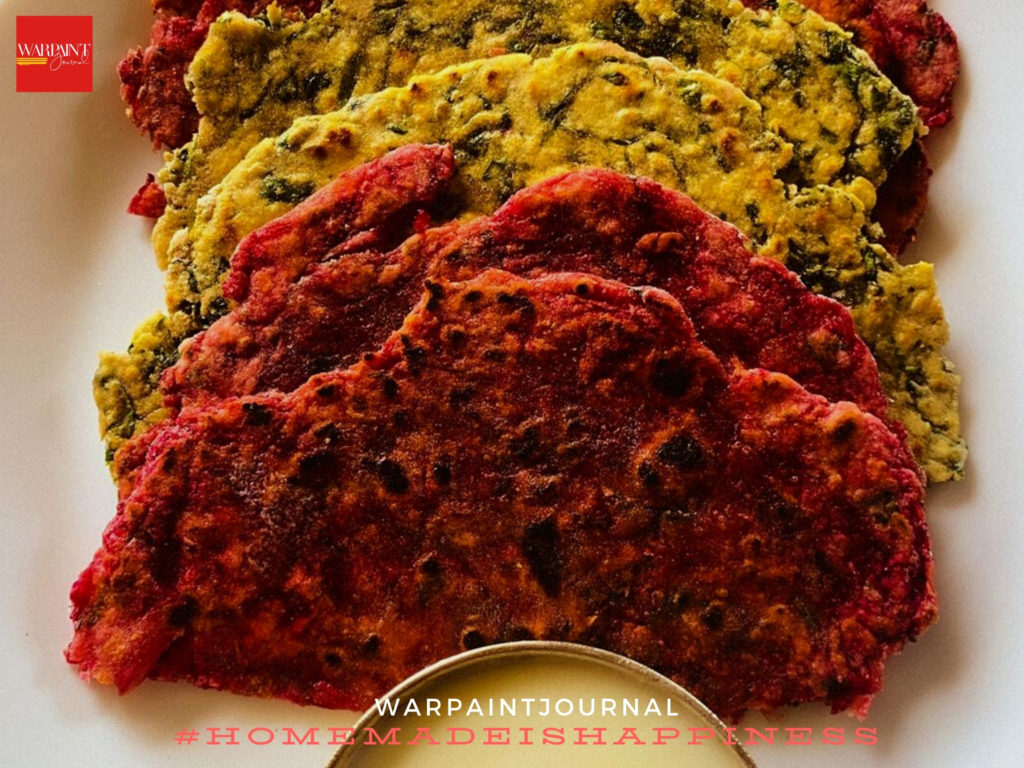
4.Goji Berry or Indian Blackberry(Jamun)?
Both berries are grown on Asian soil and are predominantly beneficial for diabetic patients. Goji berry is from China while Jamun or Indian blackberry has its origins in India. A pretty fruit with rich color and sweet taste. Also known as black plum or Java plum. The Indian Jamun is an all-rounder and much cheaper.
It relieves tiredness, throat pain controls blood sugar levels, and helps build stronger immunity. It contains healthy amounts of calcium, potassium, iron, and Vitamin C. The fruit also cures digestive issues like dysentery and flatulence. Here is a list of some more health benefits of Jamun.
Looking for a healthy and clean smoothie for breakfast? Try Dt Prajaktta’s Jamun Smoothie.
5. Last one on ‘Mummy ke Nuskhe’…
Applauded for its anti-aging and weight loss properties, amla scores higher than its Amazonian cousin, Acai berry. Amla strengthens our immune system, has 20 times more vitamin C, and twice the power of antioxidants as compared to the acai berry. reminds of mummy saying ‘Patanjali ka Amla Juice pi le…’
The Indian staple, Chawanprash is an ideal example of the wonders of amla. It is known to improve mental functions, promote eye health, and nourish our brains. The translucent green fruit, which derives its name from the Sanskrit word ‘Amlaki’ meaning “nectar of life”, can protect us against countless ailments, be it the common cold, cancer, or infertility. Ayurveda doctors claim that amla can help balance the three doshas (Kapha/vista/pitta) in the body and eliminate many diseases.
Here’s a simple Amla Achaar recipe to get your hands on this winter:
- Wash and cut amla into segments
- Add one cup of salt and half a teaspoon of turmeric powder, stir and keep covered in a glass bottle for two to three days.
- Toss the bottle daily a couple of times but do not use a spoon or stir with hand. Heat oil to smoking point and allow it to cool.
- Take the remaining sea salt in a bowl and crush slightly. Add red chili powder, remaining turmeric powder, mustard powder, and mix well.
- Add amla (no need to wash amla or throw liquid which might have collected in the glass bottle) and mix well. When the oil has cooled slightly add asafoetida.
- Cool the oil some more and add to the amla mixture. Transfer the pickle into the sterilized glass or porcelain bottles and keep covered tightly.
- Pickle will be ready in three to four days and will keep for at least three to four months
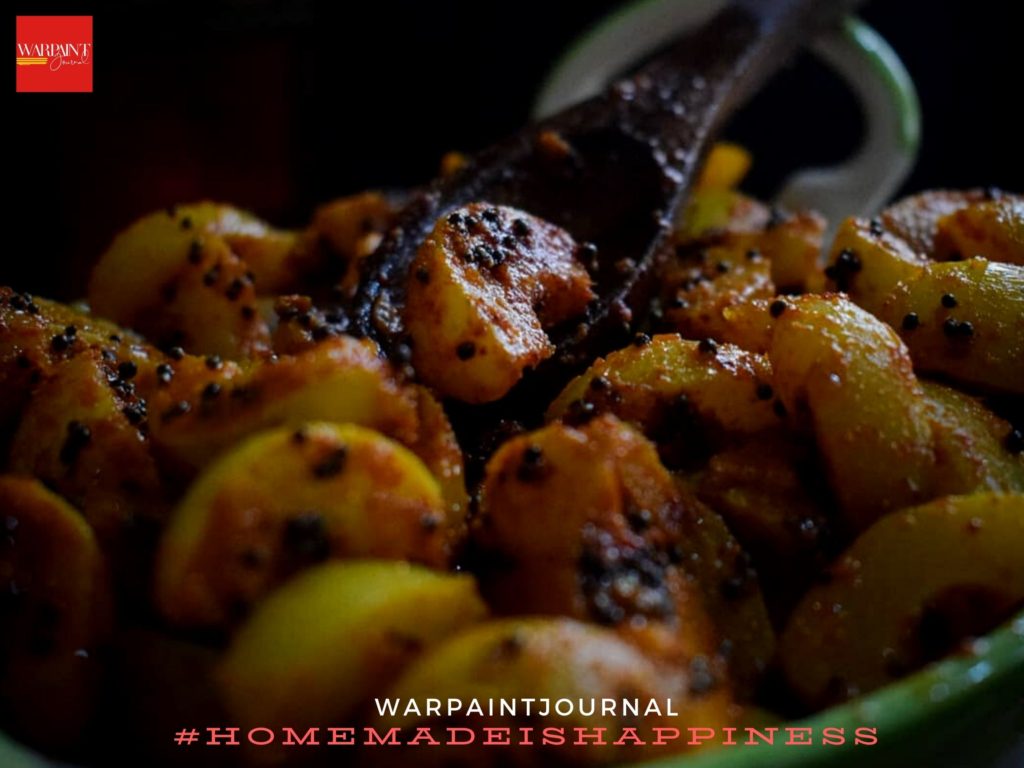

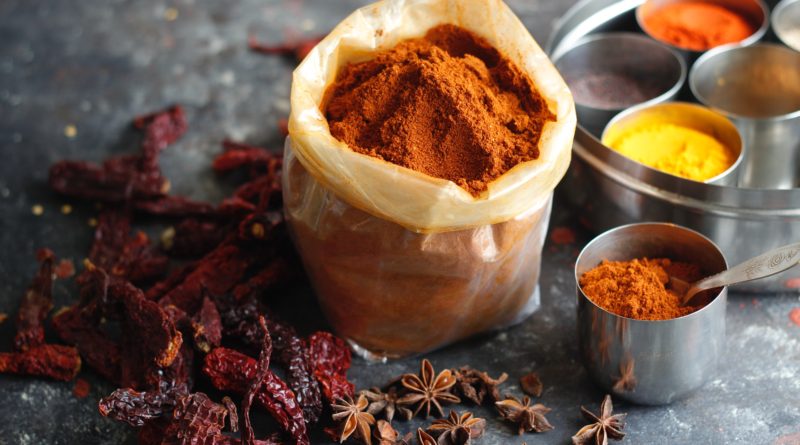
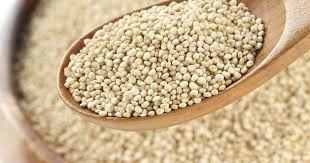


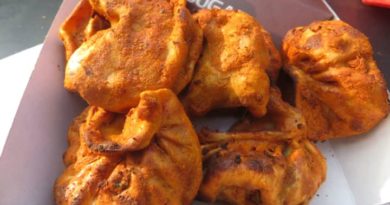
Pingback: Indian Vegetables You Must Include In Your Diet - WarPaint Journal
Nice🤩👍@dietitian prajaktta
Pingback: 13 Natural Appetite Suppressants - WarPaint Journal